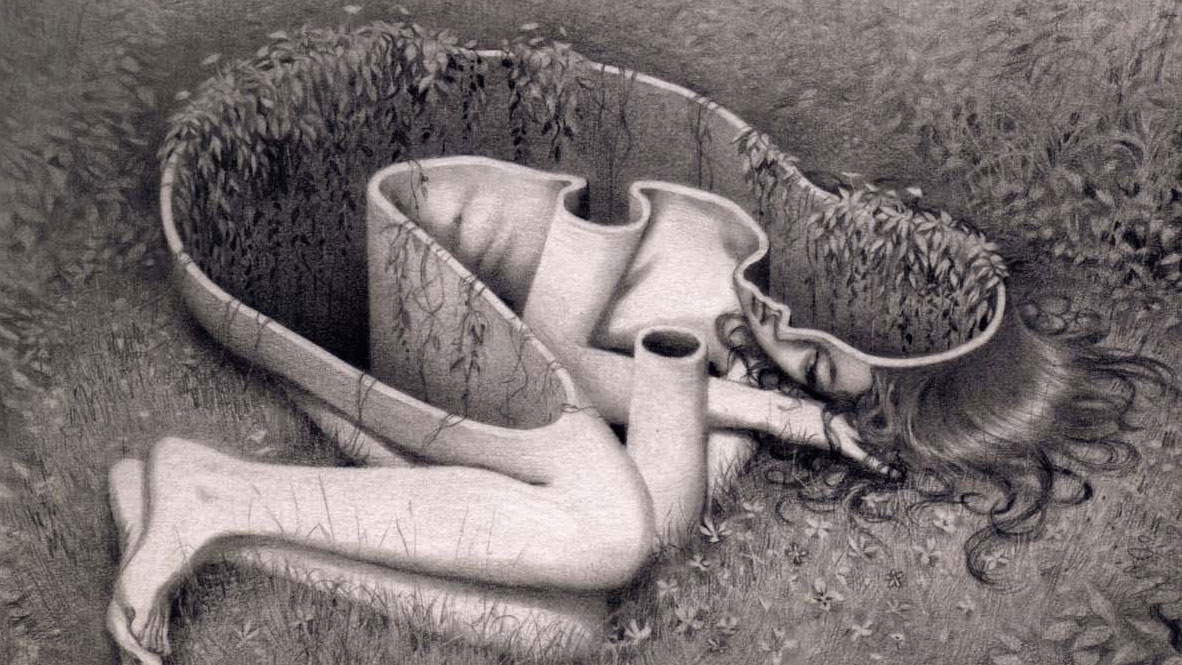
Every artist spends time sketching, usually at the start of a project, as a technique for formulating and refining their vision. But sketching shouldn't just be a means to an end. It's also vital part of learning how to draw and developing yourself as an artist.
As Terryl Whitlatch puts it: "Sketching is the equivalent of the daily ballet barre. It gets your imagination going and gives your skills a workout: it's foundational for any artist. Sketching regularly helps you become better as an artist, and gives you a platform to experiment, mess up, try again (and again), and grow."
It's also a good way to come up with new ideas, as long as you're prepared to open your mind, let loose, and see where the sketch takes you, says Miles Johnston.
"One of my anatomy teachers once told me that every time you sit down to draw, you want it to look good," he says. "But that can get in the way of many other kinds of thinking." Sketching with no formal plan, in contrast, can free you from these restrictions, and lead to unexpected ideas and concepts spilling out onto your canvas.
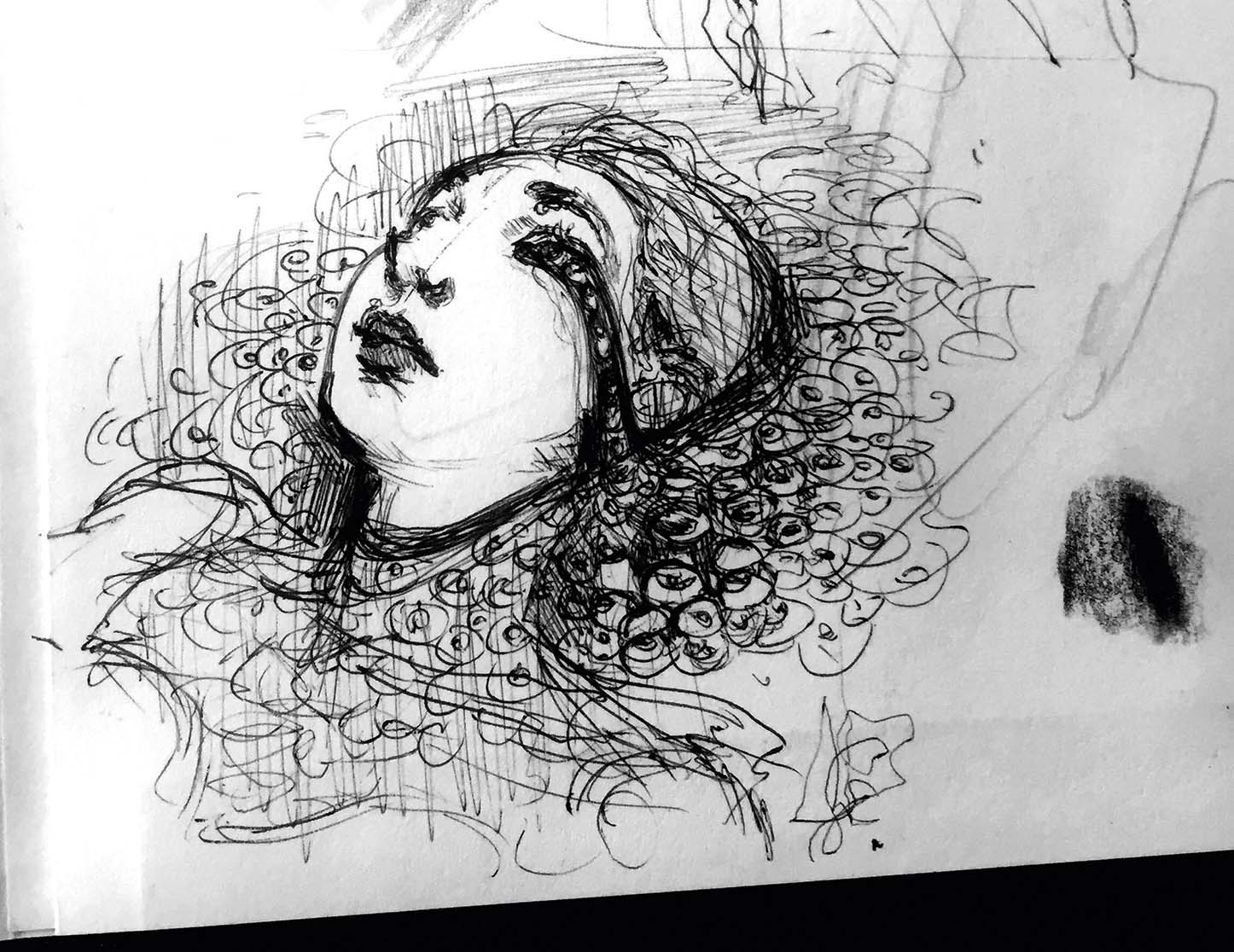
That's something Olly Lawson regularly experiences. "Some days I'll sit down with nothing in mind, just to let myself doodle, and an almost fully formed idea will come out of nowhere," he says.
Everyone agrees, then, that regular sketching is essential. But how do you go about it in practice? That seems to be more of a personal thing.
How often should you sketch?
Take frequency. James Gurney, for example, favours Edwin Austin Abbey's advice to a young art student: "You should be sketching always, always." So he tries to fit sketching into every spare moments he has, especially when waiting.
Get the Creative Bloq Newsletter
Daily design news, reviews, how-tos and more, as picked by the editors.
"In recent months I've sketched in the grocery store while my wife shopped, I've drawn the interior of the car repair shop while getting an oil change, and I've sketched fellow people around me in the diner," he says.
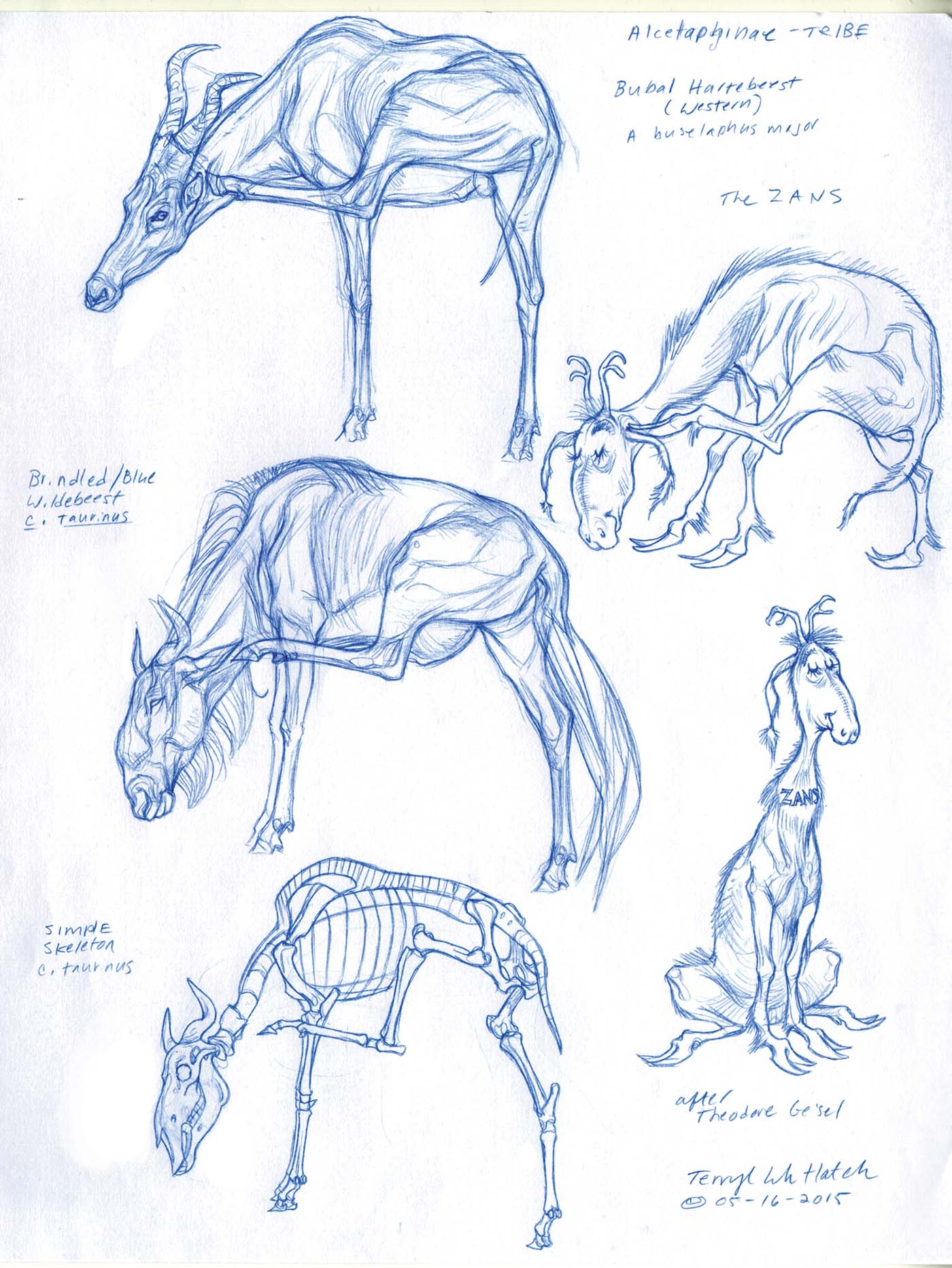
Whitlatch, however, says her best work is done in the morning, after she walks her greyhound, Josette, and she avoids sketching in the evening.
"I like to sketch just about anywhere, but sketching at museums is particularly relaxing," she adds. "At the zoo, I'll sketch sleeping animals; when they're moving around, it's like a workout. I also like sketching on airplanes, on cocktail napkins. That's often where I've sketched some of what I consider my best ideas."
Johnston, however, limits his sketching to work hours only. "There are those artists who are never not drawing, but it works better for me to let myself rest a lot," he explains. "So I try to limit my sketching to studio time; otherwise there's no time to let your brain just process everything."
Sketching tools
Something else that varies from artist to artist are the tools they use for sketching, although each of our creatives offers a clear reason for their particular choices.
Whitlatch, for example, favours Canson tracing paper. "It's a great surface with a subtle velvety took, and fairly sturdy," she says. "The fact that it's 'only tracing paper' and not an expensive Moleskine that I'm afraid to mess up gives me a psychological permission to be free, experiment and explore."
Following a similar logic, Johnston uses pencils with a thick lead, or ballpoint pens, "for any sketching where I want to be loosey-goosey. That's because when you're sketching in pen, you expect to muck it up a bit, so that makes it easier to think in the right way. You're taking visual notes instead of trying to make something pretty."
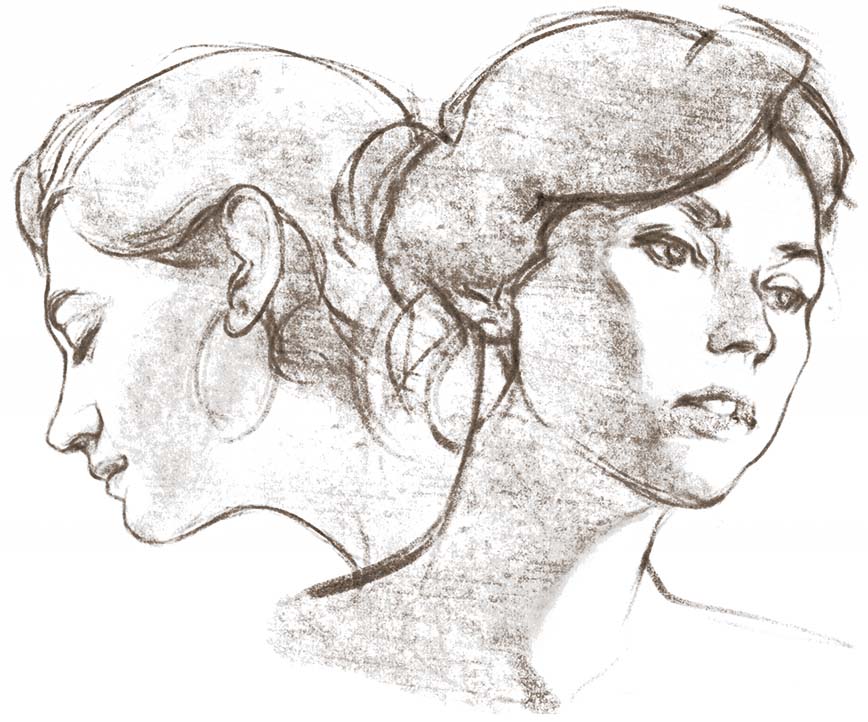
Lawson, however, has always found it "very daunting" using pencil and paper for sketching, and so since January he's been using the iPad Pro and Apple Pencil instead.
"With paper, you're making a permanent record, and you feel like you're under pressure to create something perfect," he says. "I like to have a warm-up for maybe the first half-hour to an hour, in which I expect the drawings to come out terrible, so I don't want to do that on paper. It's a lot easier if I just wipe the canvas like the iPad lets me do, and it's just as portable as a sketchbook."
Gurney, meanwhile, uses watercolour, gouache and casein, and sketches in a watercolour journal, typically a Moleskine or Pentalic 5x8 inch. "They're the fastest and most versatile media, and they combine well with each other," he says. "I use a homemade sketch easel whenever I can, to get the work up out of my lap and near the line of sight."
For Robh Ruppel, however, the tools aren't important at all. "I have several Moleskines, but I also sketch on my phone," he explains. "The ideas are more important than the medium, I've found."
Storing your sketches
Finally, what to do with your sketches once they're done? While Lawson likes to delete his digital sketches as he goes, he's very much in the minority.
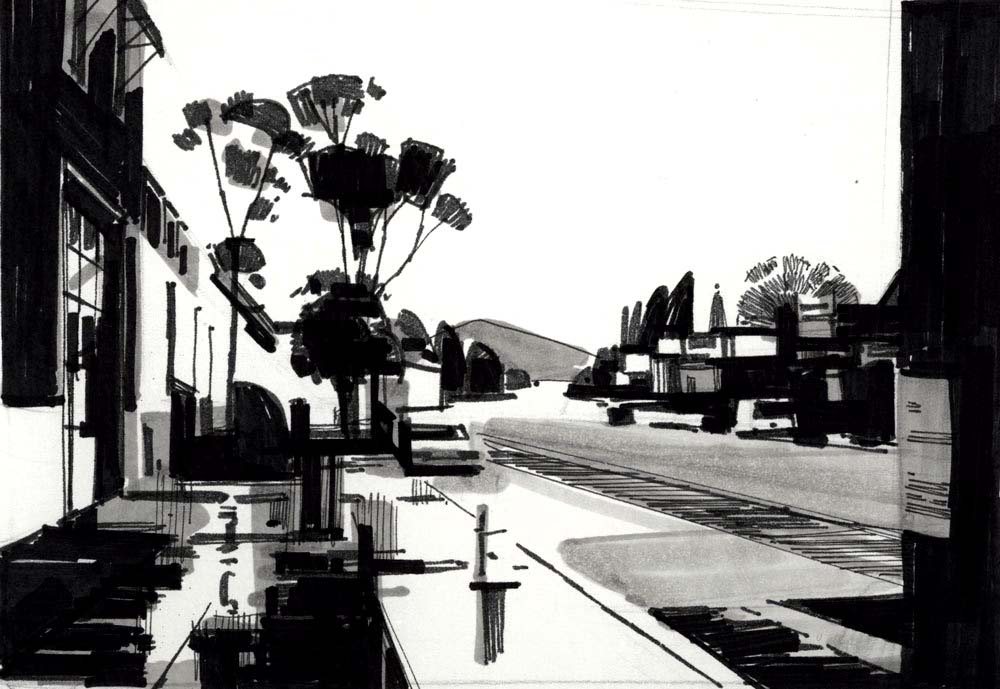
"I keep all my sketch books," reveals Ruppel. "They are diaries, archeology, time machines, maps, journals and testing grounds." Gurney, meanwhile, shares his sketches online, videos them for putting on YouTube, publishes them in magazines and books, and has even released his own iOS and Android app based on them, called Living Sketchbook.
Whitlatch doesn't go that far, but does store all the sketches she likes in labelled folders in a dedicated flat file drawer. "That organisation lightens my heart and mind, and fuels my creativity," she says. "There are enough things in life beyond our control, and being able to lay one's hands on sketches is one less thing to worry about."
This article originally appeared in ImagineFX magazine. Subscribe here.
Read more:

Thank you for reading 5 articles this month* Join now for unlimited access
Enjoy your first month for just £1 / $1 / €1
*Read 5 free articles per month without a subscription

Join now for unlimited access
Try first month for just £1 / $1 / €1

Tom May is an award-winning journalist and editor specialising in design, photography and technology. Author of the Amazon #1 bestseller Great TED Talks: Creativity, published by Pavilion Books, Tom was previously editor of Professional Photography magazine, associate editor at Creative Bloq, and deputy editor at net magazine. Today, he is a regular contributor to Creative Bloq and its sister sites Digital Camera World, T3.com and Tech Radar. He also writes for Creative Boom and works on content marketing projects.
